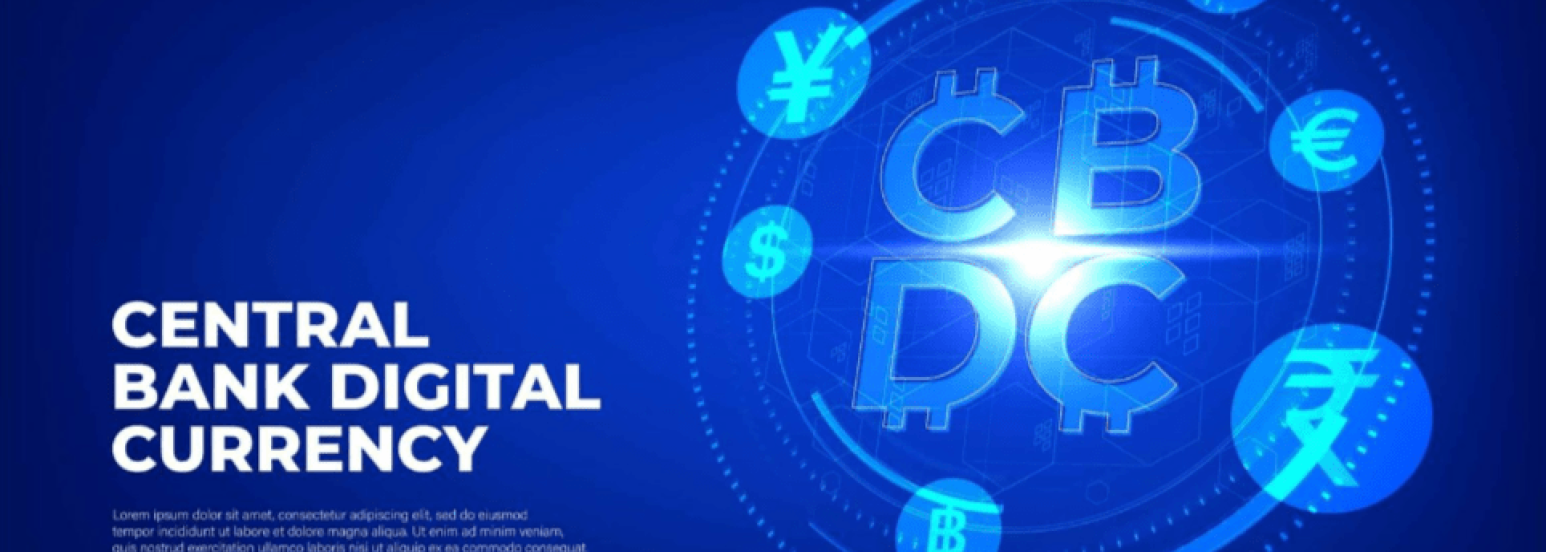
The internet has transformed the way we do business, making it easier for companies to reach a global audience and streamline their operations. But as technology continues to evolve, new challenges and opportunities are emerging for businesses looking to stay ahead of the curve. One such development is the growing adoption of digital IDs and central bank digital currencies (CBDCs).
In this article, we'll take a closer look at what digital IDs and CBDCs are, how they work, and how they could potentially shape the future of online business.
What are Digital IDs?
A digital ID is an electronic version of a traditional identification document, such as a passport or driver's license. Digital IDs are issued by governments or other trusted organizations and can be used to verify a person's identity online. They can be stored on a device, such as a smartphone or tablet, and accessed through an app or web portal.
There are several potential benefits to digital IDs. For businesses, they could make it easier to verify customer identities, reducing the risk of fraud and identity theft. Digital IDs could also make it faster and more convenient for customers to complete online transactions, such as opening a bank account or booking a flight.
What are Central Bank Digital Currencies (CBDCs)?
A central bank digital currency (CBDC) is a type of digital currency issued by a central bank, such as the Reserve Bank of Australia or the Federal Reserve in the United States. CBDCs are designed to function as a digital alternative to traditional fiat currencies, such as the Australian dollar or the US dollar.
Like traditional currencies, CBDCs can be used to make purchases, pay bills, and store value. However, unlike physical cash, CBDCs can be easily transferred and accessed digitally, making them more convenient for online transactions.
CBDCs could potentially have several benefits for businesses and consumers. For example, they could make it faster and cheaper to process financial transactions, especially cross-border payments. They could also improve financial inclusion by providing access to financial services for people who don't have a traditional bank account or credit card.
Potential Disruptions:
While digital IDs and CBDCs could bring some benefits to businesses and consumers, they could also create some disruptions. One potential challenge is the need to adapt to new technology and systems. This could require businesses to invest in new equipment or software, and it could also require customers to learn how to use new digital tools.
Another potential issue is the potential for increased regulation and oversight. Digital IDs and CBDCs could bring about new regulations and requirements for businesses to comply with, which could add an additional layer of complexity and cost. Businesses should be prepared to adapt to these changes and ensure that they are in compliance with any new regulations.
It is also important to consider the potential impacts on cybersecurity. As digital IDs and CBDCs become more prevalent, they may also become a target for cyber attacks. Businesses should consider implementing additional security measures to protect their systems and customer data.
Overall, the implementation of digital IDs and CBDCs in Australia could bring about significant changes to the internet and ecommerce payments, user registrations, and the general landscape of online business. It is important for businesses to stay informed and be prepared to adapt to these potential changes in order to remain competitive in the digital age.



I'm not buying it. This whole digital ID and CBDC thing is just another way for the government to exert more control over our lives and track our every move. It's not about making things more convenient for businesses or consumers, it's about taking away our privacy and freedom. And don't even get me started on the cybersecurity risks. No thanks, I'll stick with cash and traditional ID documents. Keep your digital control tactics to yourselves.